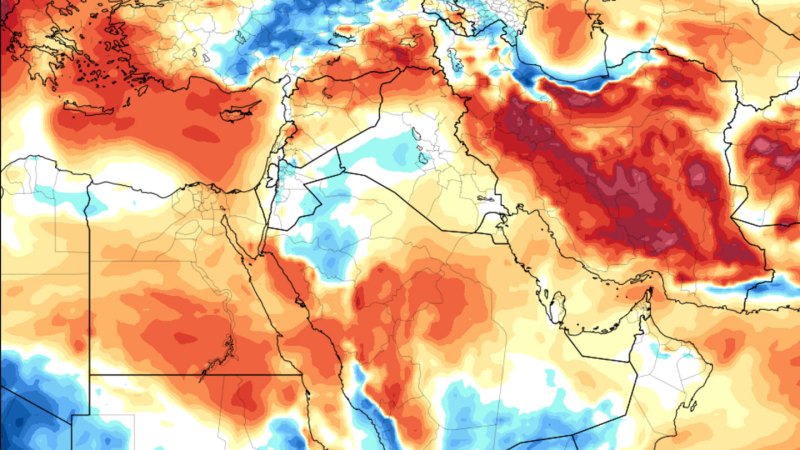In 2014, the world was shocked by the sudden death of beloved actor Robin Williams, who died by suicide. Four years later, the deaths of fashion designer Kate Spade and chef Anthony Bourdain, occurring just days apart, created a similar wave of grief and confusion.
These high-profile suicides did not just ripple through the media; they had a measurable impact on public mental health. A recent study from Columbia University, published in the journal Science Advances, reveals how these tragic events led to significant spikes in suicidal thoughts and behaviors across the United States.
While individual factors like psychiatric disorders and life stressors are well-known drivers of suicide, there is also evidence that exposure to suicidal behavior can trigger suicidal thoughts in vulnerable individuals.
This process, known as suicide contagion, has been observed in localized clusters, such as within schools or communities, but its effects on a larger scale, such as at the national level following a high-profile suicide, are less well understood. The researchers at Columbia sought to fill this gap by developing a model that could capture the dynamics of suicide contagion in response to these widely publicized deaths.
The researchers developed a mathematical model designed to simulate the dynamics of suicide contagion, treating it in a way similar to how infectious diseases are modeled. This model allowed them to estimate how news of the suicides of Robin Williams, Kate Spade, and Anthony Bourdain influenced suicidal thoughts and behaviors across the United States.
“I’m an infectious disease modeler. The transmission of infectious agents is, in some fashion, analogous to the spread of news, information, misinformation and ideas,” explained Jeffrey Shaman, study co-author, interim dean of Columbia Climate School, and professor of environmental health sciences at Columbia University Mailman School of Public Health, who is well-known for developing models of influenza and SARS-CoV-2.
“This project arose from a conversation with Katherine Keyes, one of my co-authors, in which we were discussing the idea of suicide contagion. From this, and further reading, we came to realize that while suicide contagion is an often-discussed concept, there were almost no mathematical frameworks dynamically depicting the spread of suicidal ideation and behavior. So we decided to develop such a system and pair it with data to represent suicide contagion in the real world . We felt it an important topic for investigation–one with clear public health implications.”
To construct their model, the researchers utilized two primary data sources. The first was the weekly call volumes to the National Suicide Prevention Lifeline, now known as the 988 Suicide and Crisis Lifeline. This data served as an indicator of suicidal ideation—the thoughts about suicide that people experience.
The second data source was the mortality records from the National Vital Statistics System, which provided information on suicide deaths nationwide. By combining these data sets, the researchers could estimate the extent of suicidal thoughts and the actual suicide deaths that occurred in the aftermath of these celebrity suicides.
The model divided the population into three distinct categories: individuals not currently thinking about suicide, individuals who are thinking about suicide, and those who have died by suicide. It also accounted for how individuals might transition between these states over time, particularly after a triggering event like a celebrity suicide.
The model included parameters to represent the likelihood of someone beginning to think about suicide due to exposure to another’s suicidal behavior or death, effectively treating these thoughts and actions as something that could spread through a population, much like a virus.
Following Robin Williams’ death in 2014, the model estimated a thousand-fold increase in the rate at which people began to experience suicidal thoughts due to the contagious nature of suicide. This significant increase in suicidal ideation was evident in the substantial spike in calls to the 988 Lifeline and in the rise of suicide deaths observed in the data.
“I was surprised by how extreme the response was,” Shaman said.
A similar, though less intense, pattern was seen after the 2018 deaths of Kate Spade and Anthony Bourdain, where the contagion rates were about half of those following Williams’ death. Despite these differences in magnitude, both events triggered a sharp increase in suicidal thoughts and actions, with the contagion effects peaking within two weeks before gradually returning to normal levels.
“Celebrity suicides affect many people,” Shaman told PsyPost. “Our affinity for or identification with the decedent can make some begin to ideate suicide and others to attempt suicide. The risk is most acute immediately after the first news of the suicide. By understanding this phenomenon, and by quantifying how much suicide contagion increases and for how long, we can better understand the risk and when and how to manage messaging.”
But the researchers point out that their model, while sophisticated, is just one of many possible approaches to understanding suicide contagion. Additional models should be developed and tested to explore different types of exposure and to simulate suicide contagion at more localized scales, such as within specific communities or social networks.
The model’s assumptions, such as the rate at which individuals lose susceptibility to suicide contagion, need further empirical validation. This could involve studying different types of contagion, such as those that occur in response to media portrayals of suicide or other forms of social influence.
“More studies, including with different model forms, for different populations, and using different data are needed,” Shaman said. “Is the response consistent across such (future) studies —this is important to determine.”
Despite these limitations, the study represents a significant step forward in understanding how suicide can spread through a population. “Ultimately, our aim is to work toward a point where a suicide contagion model can inform a rapid response geared at preventing suicide,” said Keyes, a professor of epidemiology and director of SPIRT, a new initiative at Columbia University designed to foster collaborative public health research focused on deepening our understanding of the mental health crisis and developing effective solutions.
The study, “Quantifying suicide contagion at population scale,” was authored by Jeffrey Shaman, Sasikiran Kandula, Sen Pei, Marta Galanti, Mark Olfson, Madelyn Gould, and Katherine Keyes.



